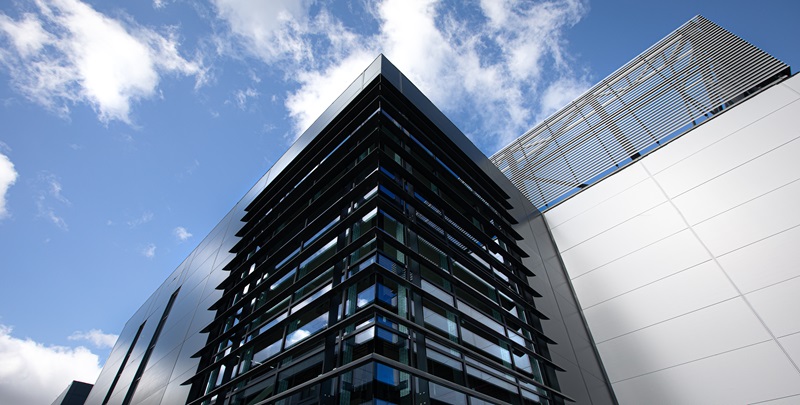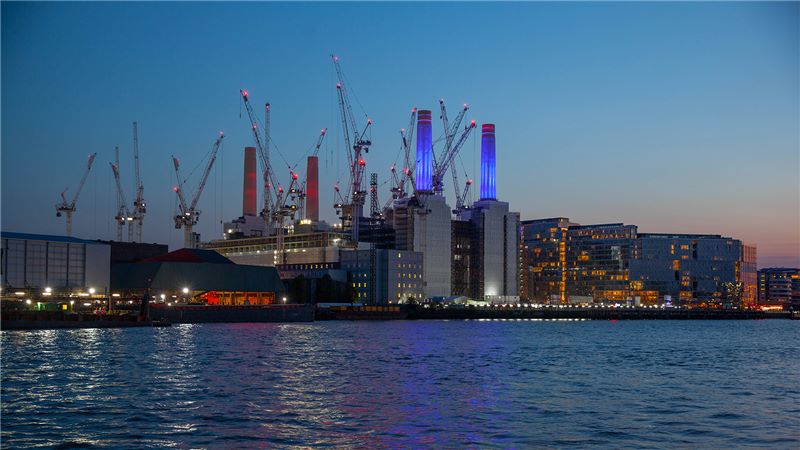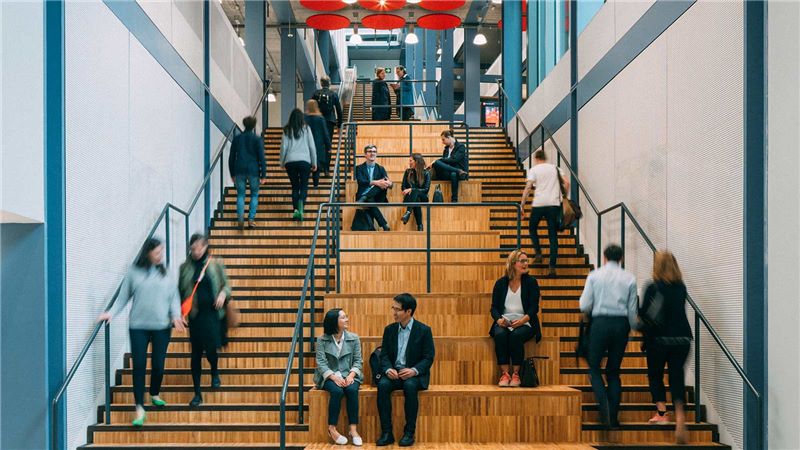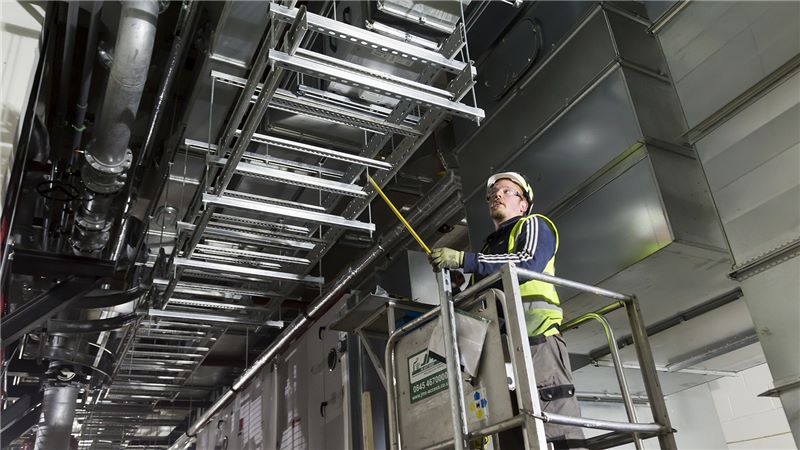Mace completes exterior for National Satellite Test Facility
Mace, the international consultancy and construction company, has completed the exterior of The National Satellite Test Facility (NSTF), reaching another major build milestone in the process of becoming the UK’s first co-located set of space test facilities.
The building will house an array of specialised equipment to put spacecraft through their paces before launch. Construction partners Mace have now installed the first piece of apparatus for the vibration facility, which will test satellites to ensure that they can withstand the bumpy ride into space.
Mace is also working on the Electromagnetic Compatibility (EMC) chamber – which will offer an area free from electromagnetic background noise, where spacecraft electronics can be checked and tested.
Rob Bridges, Project Director at Mace said:
“It is an honour to be leading the international multi-disciplinary team delivering the NSTF. From the first design workshop my team have been challenged to bring together a blend of technologies and innovations to design and deliver a future proofed flexible building that will not only house specialist testing equipment but is required to be integral to the testing providing a stable environment, whilst using the structure as a dynamic part of the testing process.”
The suspension system, the first of the vibration equipment, has been successfully installed on the reaction masses, the two 250 tonne blocks on which the vibration system will stand. At the NSTF, two 222 kN thrust shakers will be used to simulate the vibration of launch and test the satellite in 3 axes, the equivalent of a fully loaded 25 seater bus being strapped to the top of a jack hammer.
Alongside the vibration facility, the NSTF will offer EMC and antennae testing. This require an electrically neutral space, built into the fabric of the building. 290m2 of copper sheet have been laid into the floor of the chamber. Over the next few months this will be joined with copper wall and ceiling panels to create a copper shield that electromagnetic waves cannot pass.
Inside this ‘quiet’ zone satellite manufacturers will be able to accurately measure the ‘noise ’that satellite antennae produce, ensuring that we get a high quality signal back for our TVs, weather forecasts and science operations.
Science Minister Amanda Solloway said:
“It is brilliant to see how the government – backed National Satellite Test Facility is coming together.
“By providing our flourishing space sector with the capacity to prepare larger, more advanced spacecraft for launch, this cutting edge facility will help ensure the UK remains a world leader in space technologies for decades to come.”
The NSTF will address the UK’s need for a complete set of large scale space test facilities in one building. It will be run by RAL Space, experts in testing and part of the UK’s Science and Technology Facilities Council.
Professor Chris Mutlow, Director of RAL Space said:
“I’m delighted that we’ve passed this milestone. We are well on our way to opening our doors to the space sector.
Large satellites require at least 6 months of testing before they’re launched and this becomes longer and more expensive if all the test equipment is in different places. It’s fantastic to see the test equipment shaping up under one roof. The space sector in the UK is thriving and we’re looking forward to offering this one-stop-shop to support the development of larger and more advanced spacecraft in the UK.”
The vibration equipment and EMC join the 7m diameter Large Space Test Chamber which arrived in April and will be able to test minibus sized satellites for the harsh conditions of space ranging from -180֯C to +100C.
The National Satellite Test Facility being delivered by Mace, procured under the Southern Construction Framework, has been funded by the UK Research and Innovation as part of the Industrial Strategy Challenge Fund.
Contact us
-
Mace Media Line
+44 20 3824 3600Email












